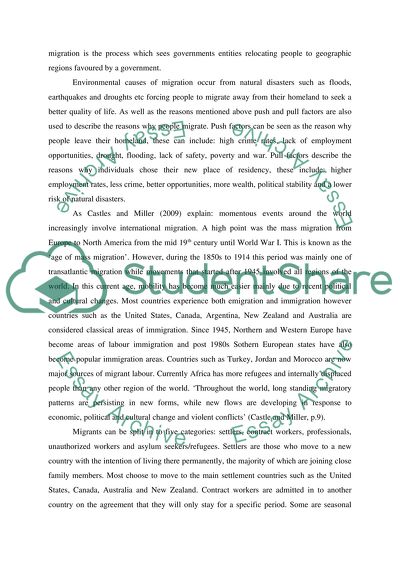Cite this document
(“Why have traditional theories of assimilation consistently failed to Essay”, n.d.)
Why have traditional theories of assimilation consistently failed to Essay. Retrieved from https://studentshare.org/miscellaneous/1574950-why-have-traditional-theories-of-assimilation-consistently-failed-to-explain-the-nature-of-immigrant-adaption
Why have traditional theories of assimilation consistently failed to Essay. Retrieved from https://studentshare.org/miscellaneous/1574950-why-have-traditional-theories-of-assimilation-consistently-failed-to-explain-the-nature-of-immigrant-adaption
(Why Have Traditional Theories of Assimilation Consistently Failed to Essay)
Why Have Traditional Theories of Assimilation Consistently Failed to Essay. https://studentshare.org/miscellaneous/1574950-why-have-traditional-theories-of-assimilation-consistently-failed-to-explain-the-nature-of-immigrant-adaption.
Why Have Traditional Theories of Assimilation Consistently Failed to Essay. https://studentshare.org/miscellaneous/1574950-why-have-traditional-theories-of-assimilation-consistently-failed-to-explain-the-nature-of-immigrant-adaption.
“Why Have Traditional Theories of Assimilation Consistently Failed to Essay”, n.d. https://studentshare.org/miscellaneous/1574950-why-have-traditional-theories-of-assimilation-consistently-failed-to-explain-the-nature-of-immigrant-adaption.


